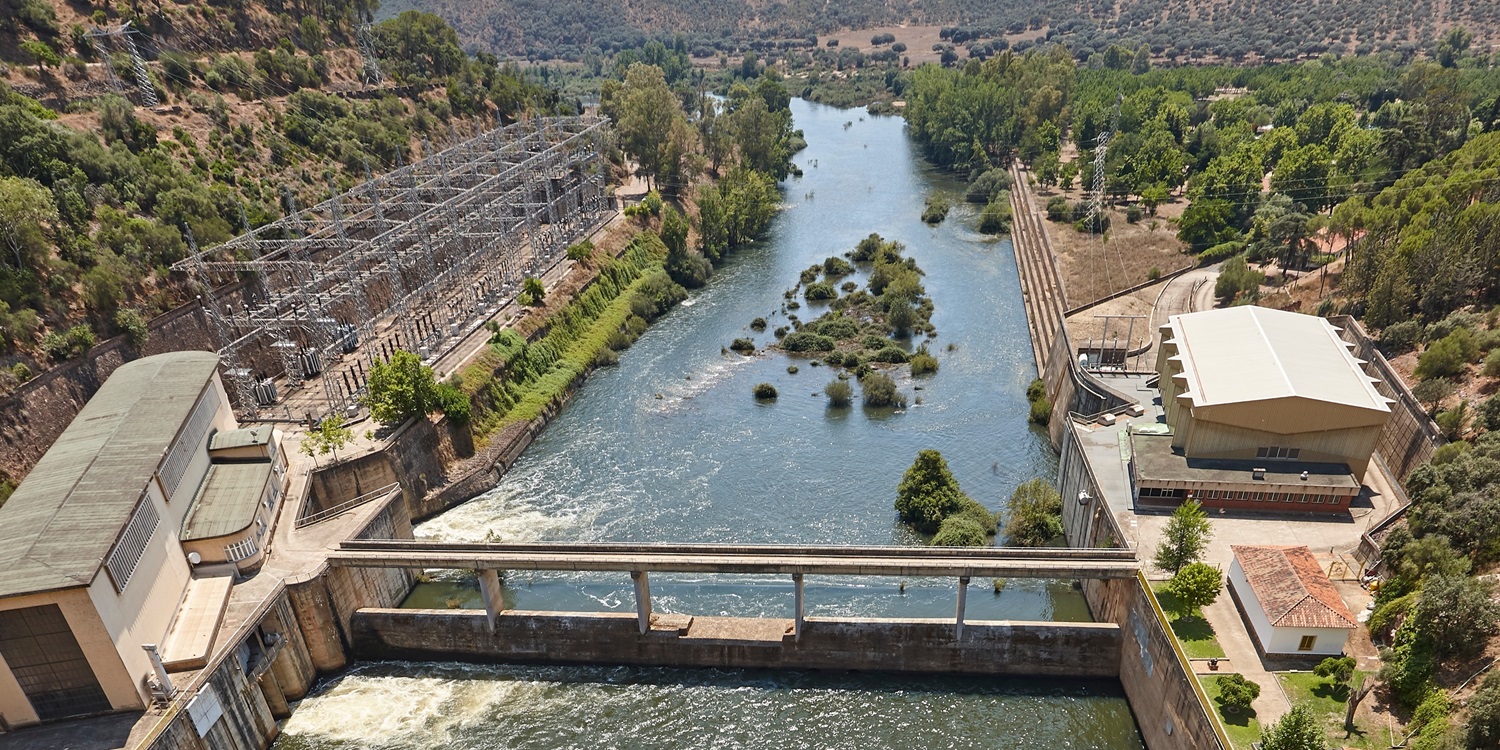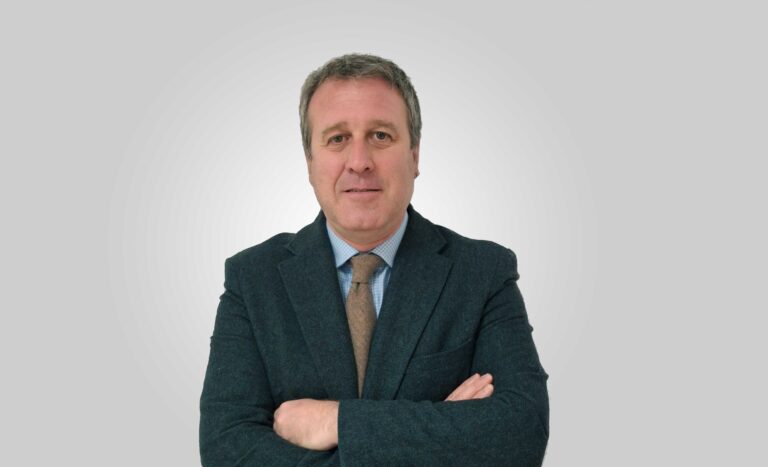 About us
About us About us / section
About us / section Markets
Markets Markets / section
Markets / section Careers
Careers Careers / section
Careers / section About us
About us About us / section
About us / section Markets
Markets Markets / section
Markets / section Careers
Careers Careers / section
Careers / section Contact
Contact
The joint venture formed by Sener and Modelical was awarded lot 6 of the BIM Methodology Implementation contract, tendered by the Secretary of State for the Environment, whose main objective is the creation of the virtual models of the 17 state-owned dams of the Guadiana Hydrographic Confederation. The awarded works are part of the service contract for the development, coordination, implementation and training of the BIM methodology in the state-owned dams, within the framework of the Recovery, Transformation and Resilience Plan financed with European funds.
In this project we developed the 3D digital models of these infrastructures, allowing the authority to obtain useful information to help in decision making and improve their operation and maintenance.
Together with Modelical, we applied our experience in the fields of engineering and creation of digital twins of infrastructures, which we combined in this project to develop the BIM models of the Guadiana dams.
The project for the creation of virtual models of the dams of the Guadiana Hydrographic Confederation has two development phases:
In parallel to both phases, the joint venture provided training to the technical teams of the Guadiana Hydrographic Confederation, so that they can independently use the models for the management of operations and maintenance.
To obtain information to support decision making and facilitate the operation and maintenance of the dams.
The implementation of the BIM methodology in the different processes allows to improve their internal operation and the consequent optimization in the control of the stored resources. In addition, it generates a collaborative and virtual model of the asset in which all the information is integrated, so that it is constantly evolving and updated, allowing the different agents involved to operate during the different phases of its life cycle.

“This project shows the potential of technology to optimize and evolve the operation, maintenance and decision making in critical infrastructures such as dams, essential for energy production and storage, as well as the storage and management of such a necessary asset as water, but also as protective assets against floods and necessary for the adaptation of our territory to the consequences of climate change. We are very proud to work, together with Modelical, in a project with such a relevant cross-sectional component for us, as we offer the Guadiana Hydrographic Confederation our experience and knowledge in engineering together with our technological know-how for the development of digital twins that improve the operation and maintenance of infrastructures.”
